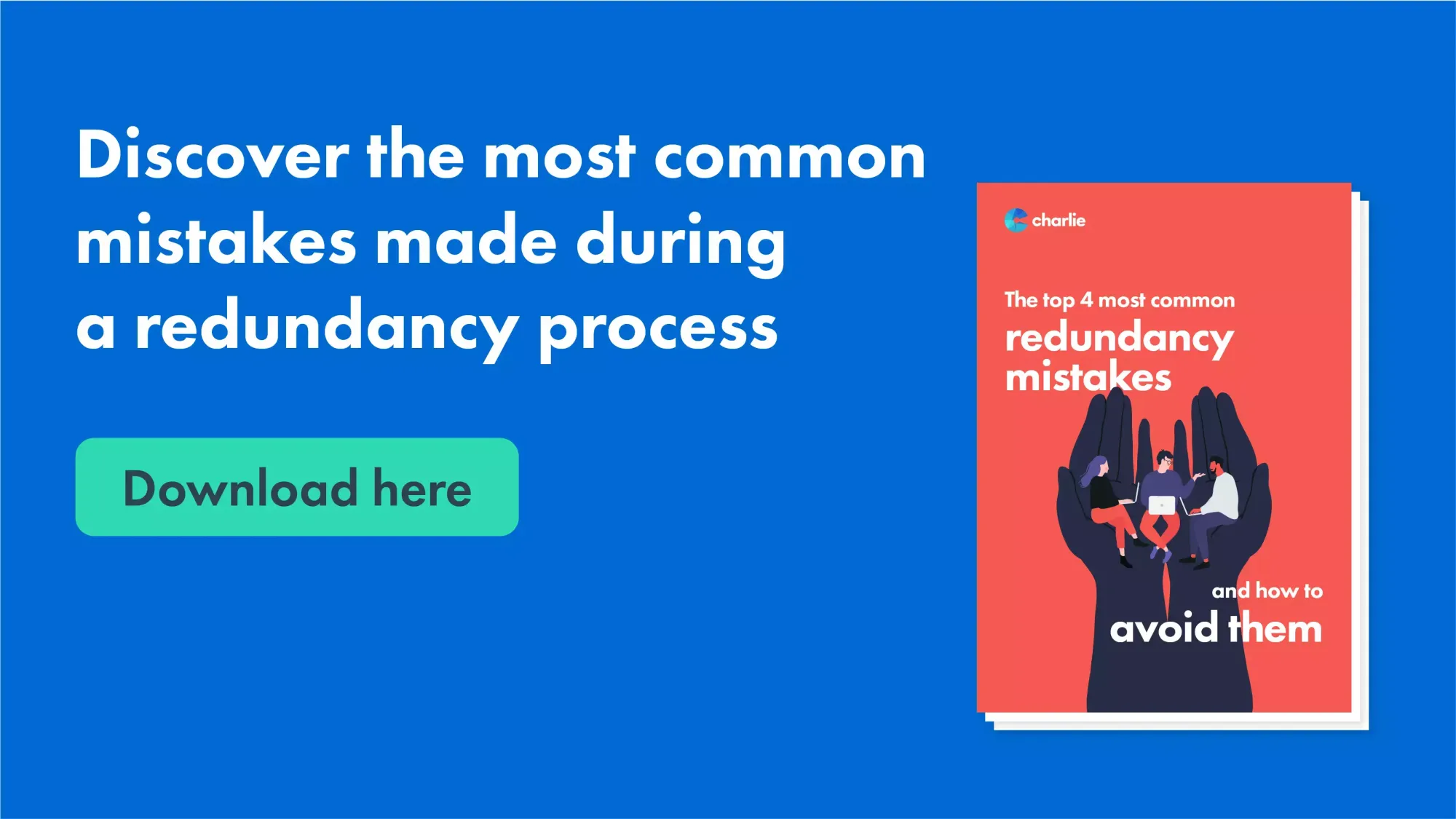If a Company Goes Bust Who Pays Redundancy? Lawful Insights for UK Worker
If a Company Goes Bust Who Pays Redundancy? Lawful Insights for UK Worker
Blog Article
Exploring the Interplay Between Company Redundancy and Organizational Adaptability for Future Growth
In the dynamic landscape of today's business world, the elaborate connection in between business redundancy and organizational flexibility becomes a crucial element for continual development and success. Business commonly encounter the challenge of striking a fragile equilibrium between preserving a level of redundancy to mitigate threats and fostering versatility to react swiftly to the ever-evolving market demands. This fragile interplay holds the vital to not only enduring in unstable times however also thriving despite uncertainty. As we check out the diverse dimensions of this interplay, interesting insights right into exactly how companies navigate these complexities to lead the way for future development await.
Relevance of Company Redundancy
Firm redundancy is a crucial component that boosts organizational strength and alleviates operational threats. By integrating redundancy measures within the business structure, business can much better withstand unanticipated interruptions and fluctuations in the company environment. Redundancy functions as a strategic buffer, allowing companies to adapt and react efficiently to unanticipated difficulties without endangering vital operations.
One secret element of the importance of company redundancy is its duty in guaranteeing connection throughout times of crisis. When faced with sudden adjustments or emergencies, repetitive systems, sources, or workers can action in to keep critical functions and protect against widespread disruptions. This continuity not just safeguards the business's online reputation and customer trust fund yet likewise decreases economic losses and functional downtime.

Strategies for Business Versatility
One more critical approach is purchasing modern technology and facilities that can support versatility and scalability. Executing digital devices, automation, and information analytics can streamline operations, enhance performance, and provide beneficial understandings for informed decision-making. Additionally, developing adaptable business structures that enable quick changes to market dynamics and client needs is essential for remaining Homepage affordable in a rapidly evolving atmosphere. By proactively determining prospective disturbances and possibilities, companies can proactively adjust and prosper in an ever-changing business landscape.
Harmonizing Redundancy and Adaptability
Achieving a harmonious balance in between functional redundancy and organizational adaptability is vital in browsing the intricacies of a dynamic company setting. Redundancy within a company gives a security internet, guaranteeing continuity and stability in operations. Nonetheless, an excess of redundancy can result in inadequacies and impede flexibility to transforming market problems. On the other hand, business versatility enables firms to respond immediately to external disturbances and confiscate brand-new opportunities. Striking the ideal equilibrium between redundancy and adaptability is a delicate procedure that needs a deep understanding of the organization's goals, market dynamics, and risk resistance.
To achieve this balance, business require to perform routine evaluations of their operations to identify areas where redundancy is required for danger mitigation and where adaptability can drive technology and growth. Implementing adaptable frameworks, fostering a culture of continual learning and enhancement, and urging open communication across all levels of the company are key methods to harmonize redundancy and flexibility successfully. By straightening these two critical components, companies can place themselves for sustainable development and success in an ever-changing service landscape.
Instance Research Studies on Adaptation Success
In analyzing circumstances of effective organizational adjustment, it becomes obvious that the interaction between functional redundancy and versatility is a specifying variable in forming resilient services. A DVD rental service, Netflix demonstrated impressive versatility by transitioning right into a streaming platform when digitalization interfered with the market. These instance studies emphasize the value of functional redundancy combined with organizational flexibility in fostering long-term development and competitiveness.
Structure Resilience for Future Growth
Building strength for future growth requires a strategic positioning of functional procedures about his with market characteristics and arising fads. Companies must adjust to changing settings by fostering a society of versatility, development, and continual enhancement.
Moreover, cultivating strong partnerships with stakeholders, such as clients, staff members, vendors, and the community, is important for weathering unpredictabilities and preserving trust and assistance during stormy times. Efficient communication and transparency play an essential function in structure durability, as they help help with and align expectations collaboration in browsing unpredictabilities.
Furthermore, companies need to prioritize understanding and development efforts to upskill staff members and furnish them with the necessary tools to adapt to altering conditions. By spending in their labor force, firms can boost their versatility and Web Site dexterity, ultimately reinforcing their resilience for lasting future development.
Verdict

In the vibrant landscape of today's company globe, the intricate connection in between company redundancy and organizational flexibility arises as a crucial aspect for continual growth and success. Business usually face the difficulty of striking a fragile equilibrium between maintaining a level of redundancy to minimize risks and fostering versatility to react promptly to the ever-evolving market demands.To achieve this balance, business require to perform normal assessments of their operations to determine locations where redundancy is essential for threat mitigation and where adaptability can drive advancement and development.In verdict, the interaction in between firm redundancy and business adaptability is essential for future growth. Building durability with a mix of redundancy and flexibility will certainly make certain that companies are prepared for the challenges of the future.
Report this page